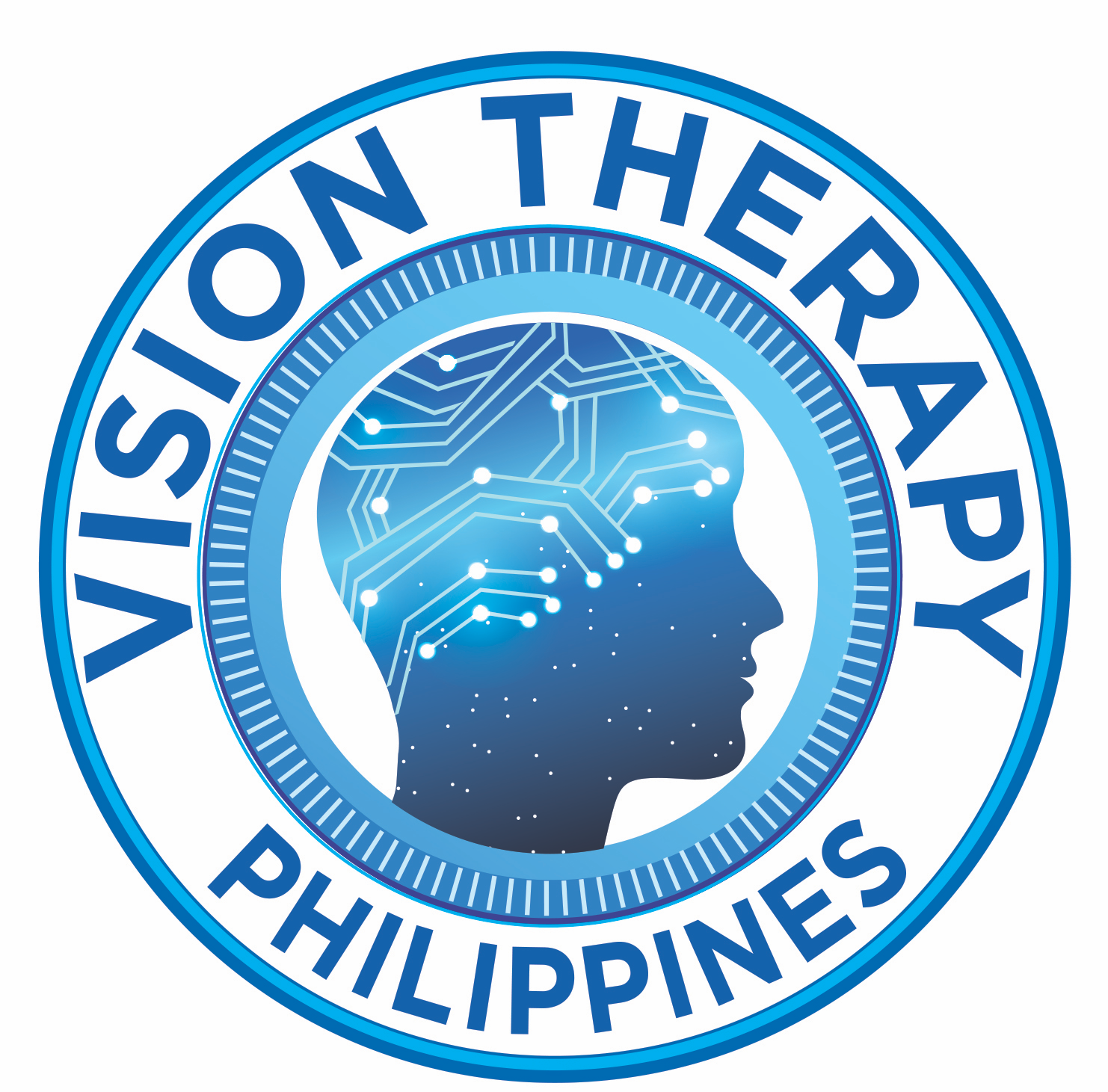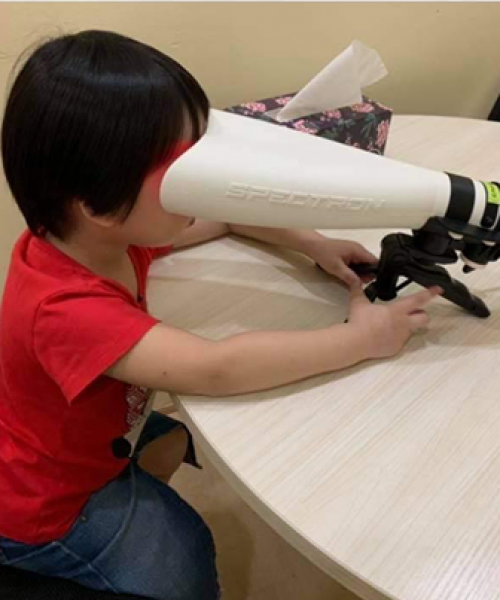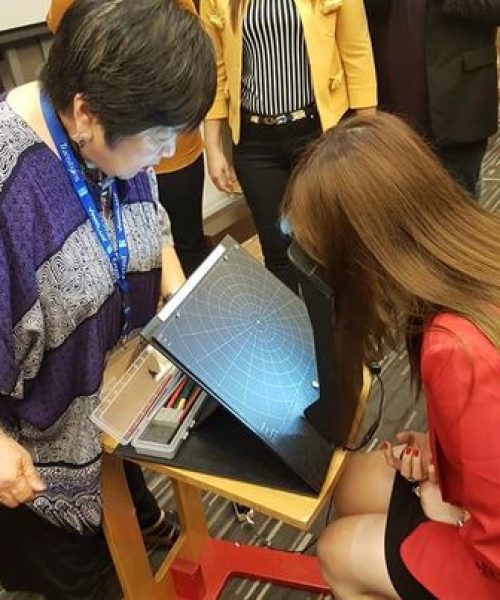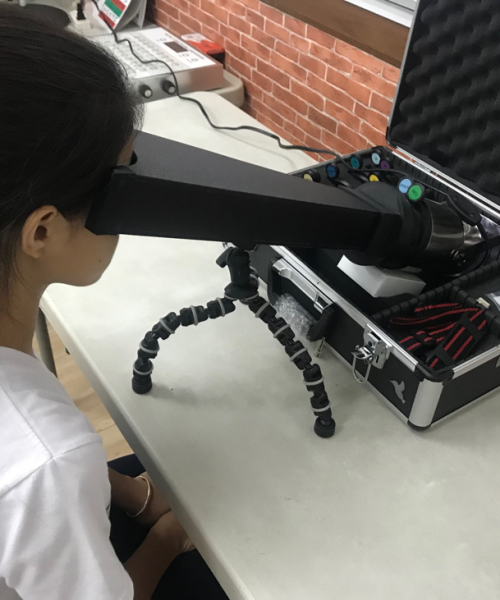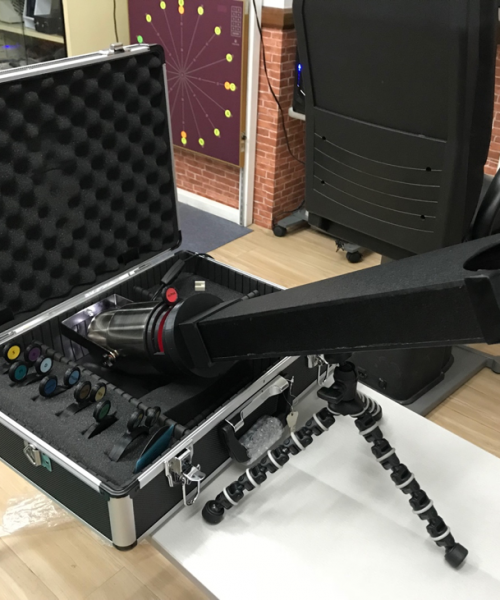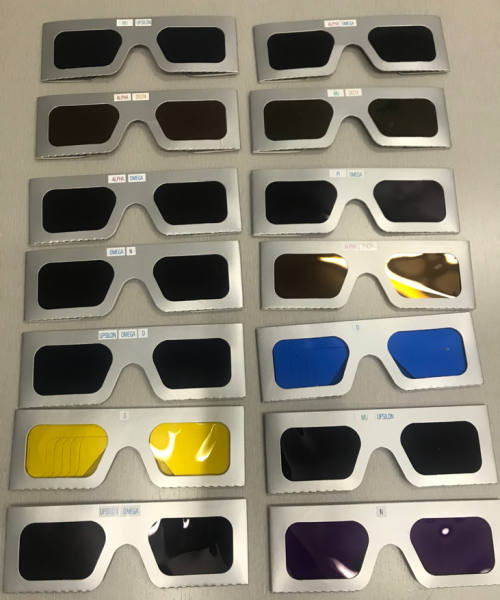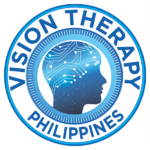What is Syntonic Phototherapy?
Syntonic phototherapy, also known as optometric phototherapy, is an emerging branch of ocular therapy that aims to treat a range of vision problems by shining specific visible-light frequencies into the eyes. This technology is often used in conjunction with behavioral optometry treatment methods (such as eye exercises) and there have been reported success in treating visual dysfunctions including accommodative insufficiency, convergence insufficiency, lazy eye, ocular pain, photophobia, strabismus and vision-related learning disorders, as well as visual consequences of traumatic brain injury.
When light enters the eyes, it does not just creates images; it also travels to other important non-visual brain regions such as the hypothalamus and pineal gland.
These centers influence the chemical, electrical, and hormonal balances which affect all body functions including vision.
It is believed that by applying certain frequencies of light to these regions, biochemistry of the brain can be simulated and balance can be restored within the body’s autonomic nervous system (specifically the sympathetic and parasympathetic nervous systems), thereby directly affecting the source of visual dysfunctions.
This state of restored balance is known in the as syntony.
Become a Member of the College of Syntonic Optometry, USA on this LINK.
